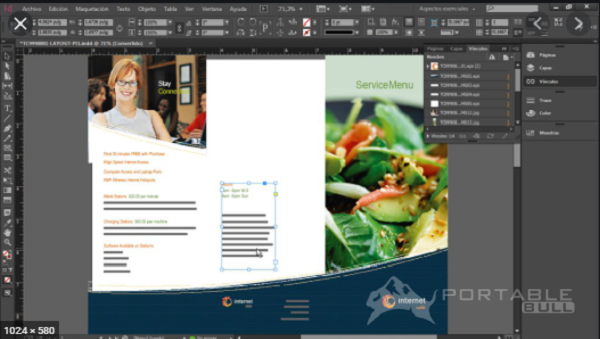

You’ll immediately see the language change.

Okay, ready for the trick? Change the name of that folder, then restart InDesign.

Because I use an American version of InDesign, the folder in there is called en_US. Open that, and you’ll find a folder with a cryptic name. Inside this folder is another folder called InDesign Shortcut Sets. In other words, on the Mac, open Applications > Adobe InDesign > Presets. To change the UI language, you need to first find the Presets folder, inside the application folder. There have been some script-based hacks around this UI language problem, but they stopped working in CS6.īut there is a way, it appears to work in both the CS6 and CC versions of InDesign, and it doesn’t even require a script. Unfortunately, Adobe has not made it easy to change the UI language. Changing the language of InDesign’s menus, dialog boxes, and panels has been important for thousands of users around the world for years - after all, if you need to use the English version of InDesign but you’re Swedish, you’re probably going to use it more efficiently if it’s in your native language!


 0 kommentar(er)
0 kommentar(er)
